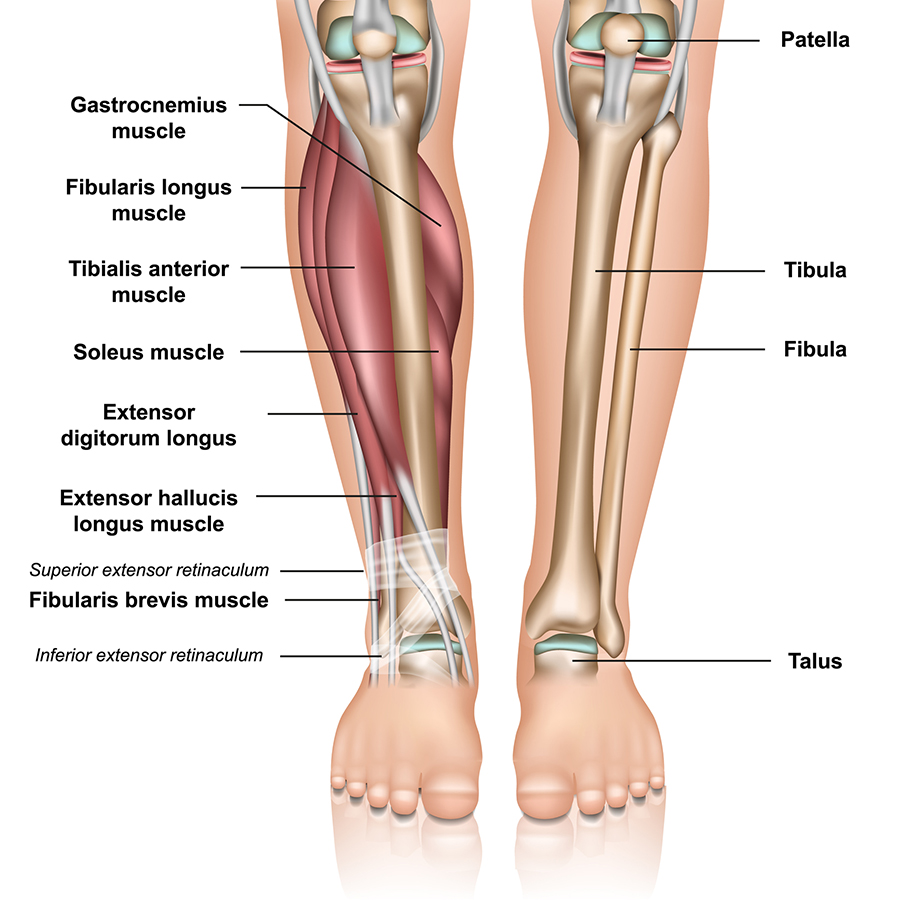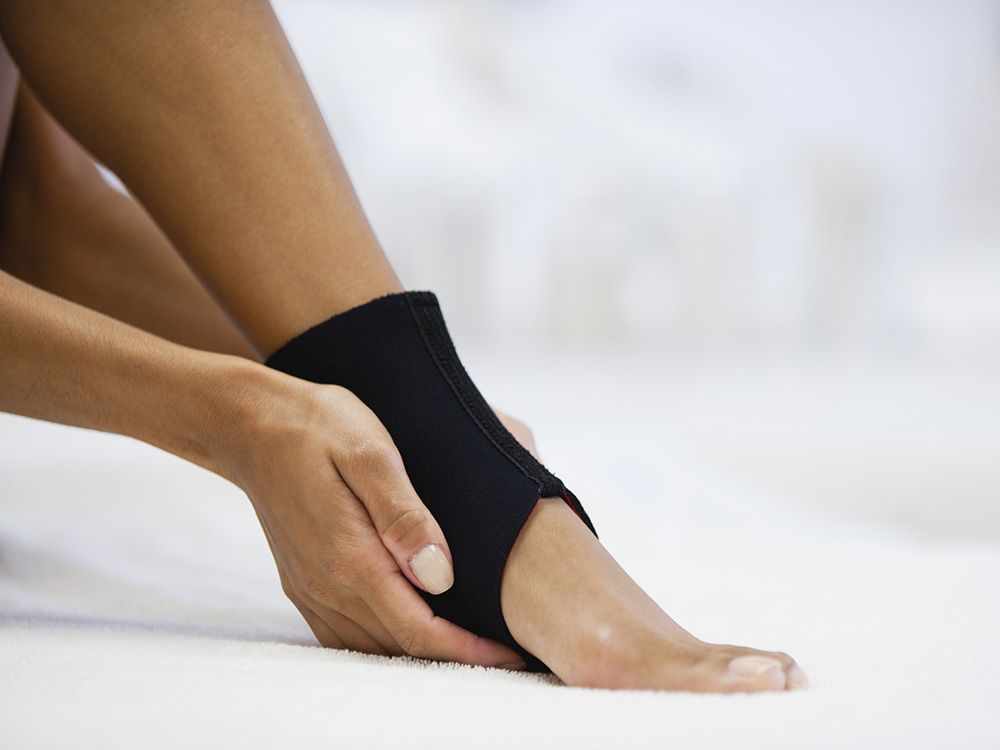
Lower leg and ankle pain can be debilitating, affecting daily activities and mobility. Various factors contribute to this discomfort, ranging from injuries and overuse to medical conditions. Identifying the root cause is crucial for effective management and relief. Overuse, improper footwear, or sudden increases in physical activity can exacerbate these issues. Inflammatory conditions like arthritis may also lead to persistent pain in the affected areas. It’s crucial to pay attention to the specific characteristics of the pain, such as its onset, duration, and any accompanying symptoms, and consult with a healthcare professional for an accurate diagnosis and appropriate treatment plan, which may include rest, physical therapy, medication, or other interventions based on the underlying cause.
Muscle Strains and Sprains: Overexertion or sudden movements can lead to strains or sprains in the muscles or ligaments of the lower leg, causing pain and discomfort.
Shin Splints: Repetitive stress on the shinbone and the tissues attaching the shinbone to the muscles can lead to shin splints, resulting in pain along the inner edge of the shin.
Stress Fractures: Overuse or repetitive impact, especially in athletes, can cause small cracks or stress fractures in the bones of the lower leg, resulting in localized pain.
Tendonitis: Inflammation of tendons, such as the Achilles tendon or the posterior tibial tendon, can lead to pain and stiffness in the lower leg and ankle.
Peripheral Neuropathy: Conditions like diabetes can lead to peripheral neuropathy, causing pain, tingling, or numbness in the lower legs.
Varicose Veins: Enlarged and twisted veins near the surface of the skin can cause pain, swelling, and aching in the lower legs.
Arthritis: Osteoarthritis or rheumatoid arthritis can affect the joints of the lower leg, leading to pain and stiffness.
Tarsal Tunnel Syndrome: Compression of the posterior tibial nerve in the tarsal tunnel can cause pain and tingling in the ankle and foot.


Treatment varies based on the underlying cause. Rest, ice, compression, and elevation (R.I.C.E) are commonly recommended for acute injuries. Physical therapy, orthotics, and supportive devices may be prescribed for long-term management. Severe cases may require surgical intervention to repair damaged structures. Preventing lower leg and ankle pain involves maintaining a balance between activity and rest. Proper warm-up, stretching exercises, and wearing appropriate footwear are essential. Gradual progression in physical activity helps avoid overuse injuries. Regular check-ups and early intervention for any discomfort can prevent worsening conditions.
Persistent or severe lower leg and ankle pain warrants prompt medical attention. Consulting with a healthcare professional, such as an orthopedic specialist or a physiotherapist, ensures accurate diagnosis and tailored treatment. Ignoring pain symptoms may lead to complications and prolonged recovery.